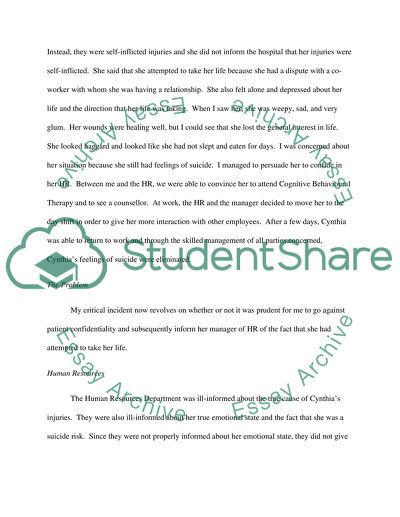Cite this document
(Occupational Health - Therapeutic Approaches in Psychology Assignment, n.d.)
Occupational Health - Therapeutic Approaches in Psychology Assignment. Retrieved from https://studentshare.org/health-sciences-medicine/1556436-occupational-health-assignment-for-a-bsc-degree-programme
Occupational Health - Therapeutic Approaches in Psychology Assignment. Retrieved from https://studentshare.org/health-sciences-medicine/1556436-occupational-health-assignment-for-a-bsc-degree-programme
(Occupational Health - Therapeutic Approaches in Psychology Assignment)
Occupational Health - Therapeutic Approaches in Psychology Assignment. https://studentshare.org/health-sciences-medicine/1556436-occupational-health-assignment-for-a-bsc-degree-programme.
Occupational Health - Therapeutic Approaches in Psychology Assignment. https://studentshare.org/health-sciences-medicine/1556436-occupational-health-assignment-for-a-bsc-degree-programme.
“Occupational Health - Therapeutic Approaches in Psychology Assignment”, n.d. https://studentshare.org/health-sciences-medicine/1556436-occupational-health-assignment-for-a-bsc-degree-programme.


